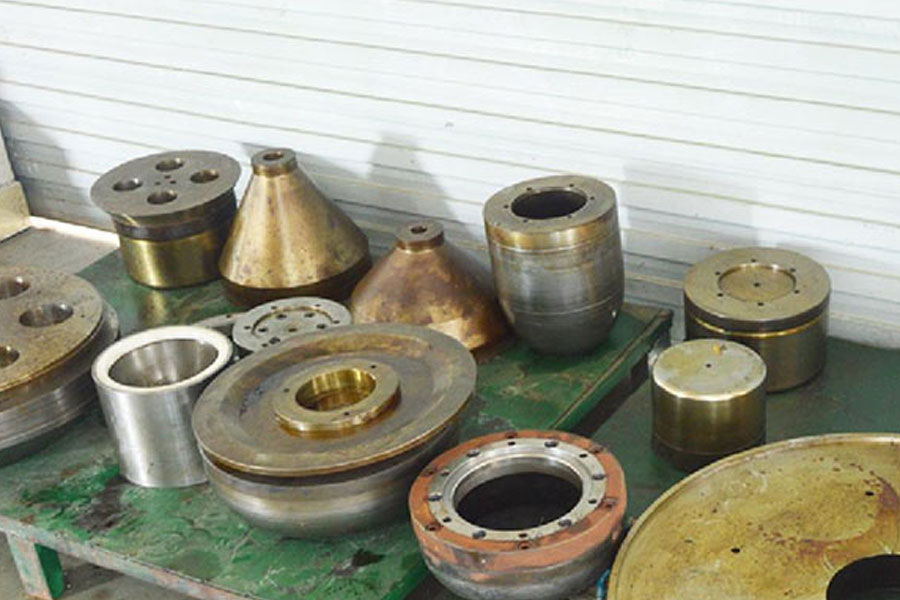
What Is Spinning Dies
In the world of manufacturing, metal spinning dies are invaluable tools that bring intricate designs to life with precision and efficiency. Metal spinning dies are essential tools used in the metal spinning process, which involves shaping metal sheets or tubes into desired forms through rotational motion. The dies serve as the framework that guides the metal spinning process, ensuring the production of consistent and accurate components. In metal spun dies page, we delve into the fascinating realm of metal spinning dies, exploring their purpose, the manufacturing process involved, their applications in various industries, and the advantages they offer over alternative molding methods.
Custom Spinning Dies Service – Spun Molds Making Suppliers & Company
Need spun mold making supplies for mass production parts? Be-Cu prototype is known as the best spinning dies maker in China. With mold making facilities in house and resources from our partners, we are able to provide spin molds for metal spinning products for all type of spun metal parts for aluminum, copper,brass,stainless steel and more. We offer low-cost local production molds and high-quality exported molds for all your project needs.
Form sheet metal into hollow cylindrical or circular shapes. Be-Cu Prototype can design, manufacturer metal spinning dies to your custom specifications. However, these molds must themselves be precise and well-made to ensure the quality of the final products. It is a cost effective application for LED Light Reflector, exhaust fans, duct blower fans, roof ventilators and vents.
As part of our services, we will also help identify the molding process best suited to your product.Be-Cu Inc. is committed to developing and building high quality spun metal molds within days of the first phone call you make to us. From led light to medical devices, mechanical parts and forming operations, all of this can be achieved through our state-of-the-art cnc machining,edm machining and molding processes.
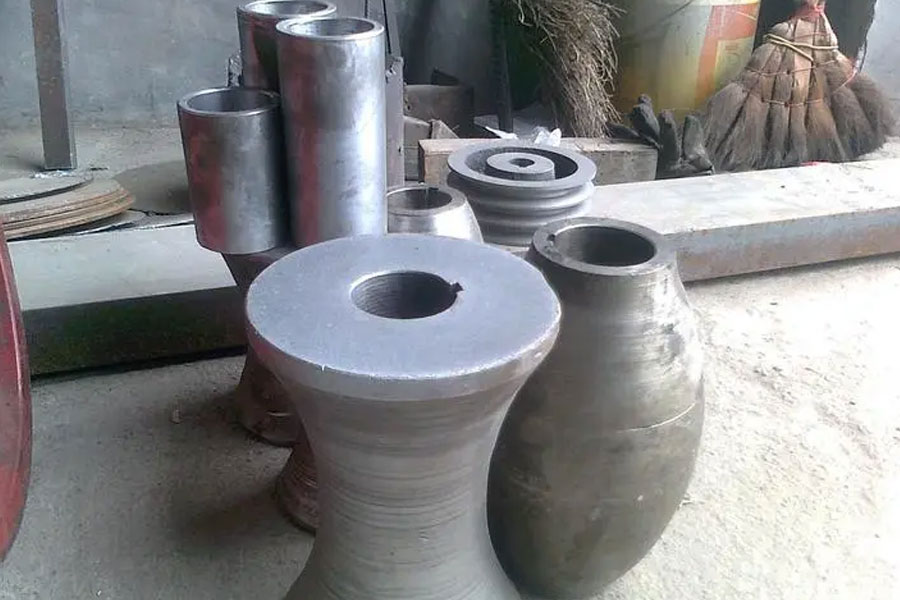
With your 3D or CAD file in hand, we will design the best mold for your product. One of our accomplished designers will work with you to adjust the type of material you would like for your specific application.
The Manufacturing Process of Metal Spinning Dies
Creating metal spinning dies involves a meticulous manufacturing process that demands precision and expertise. The process typically includes the following steps: design and engineering, material selection, mold fabrication, and surface finishing.
- Design and Engineering: The mold design begins with careful consideration of the desired product’s specifications, including dimensions, tolerances, and surface finish requirements. Computer-aided design (CAD) software is commonly used to create the mold design, ensuring accuracy and efficiency.
- Material Selection: The choice of material for the metal spinning mold depends on factors such as the complexity of the product, the desired surface finish, and the anticipated production volume. Common materials used for metal spinning dies include tool steel, aluminum, and various alloys.
- Mold Fabrication: The fabrication process involves transforming the chosen material into the desired mold shape. Techniques such as CNC machining, milling, and turning are employed to create the mold’s form and features. Skilled craftsmen meticulously shape and refine the mold to ensure precise replication of the intended product.
- Surface Finishing: After the fabrication process, the metal spinning mold may undergo surface finishing treatments to enhance its durability and functionality. Treatments may include polishing, coating, or heat treatment, depending on the specific requirements of the mold and the materials being used.
Our Case Studies Gallery Of Spun CNC Spinning Parts
Put Be-cu.com’ experience to work for all of your Metal spinning and spin forming needs—from traditional manual metal spinning to cutting edge CNC Metal spinning. The spun metal spinning process is perfect for a wide variety of industries that require consistent tolerances, fast turn-around, and uncompromising quality.
-
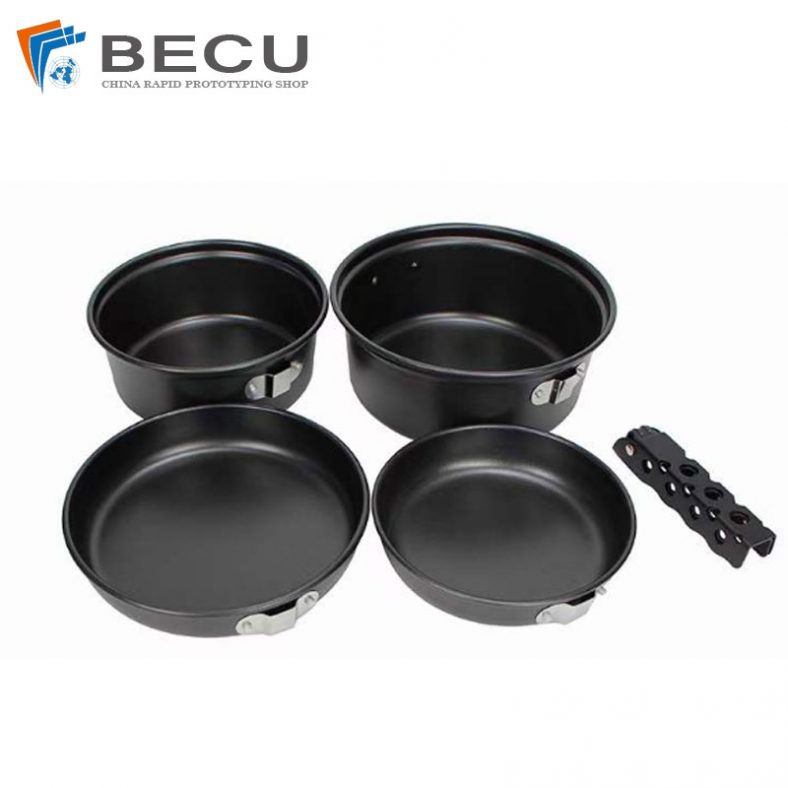
Prototype CNC Spinning Stainless Steel 316L Outdoor Camping Pot
-
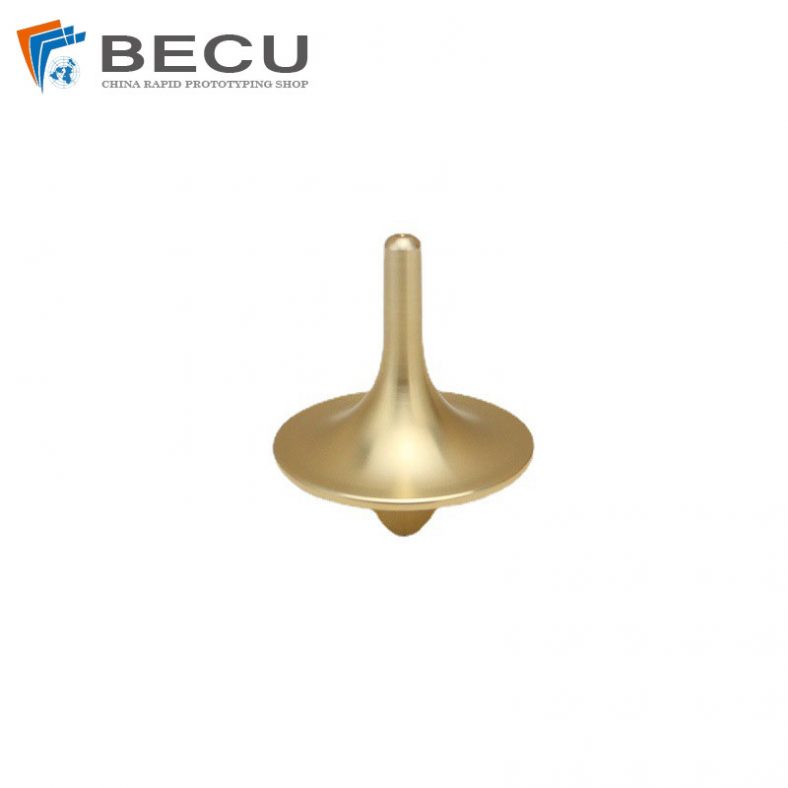
Metal Spinning Top Toy
-
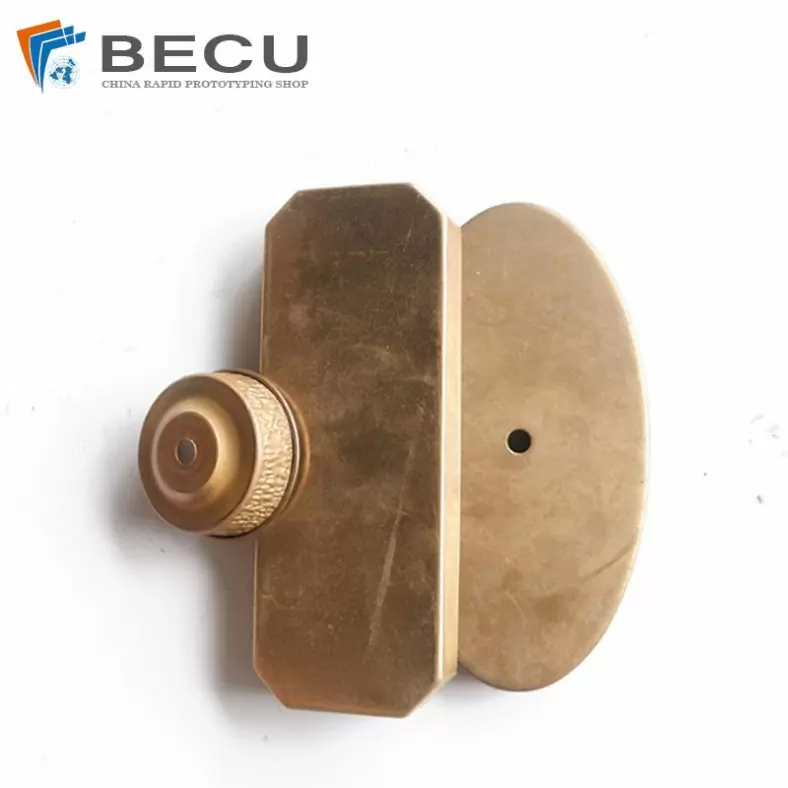
Precision CNC Spinning Art Lighting Accessories
-
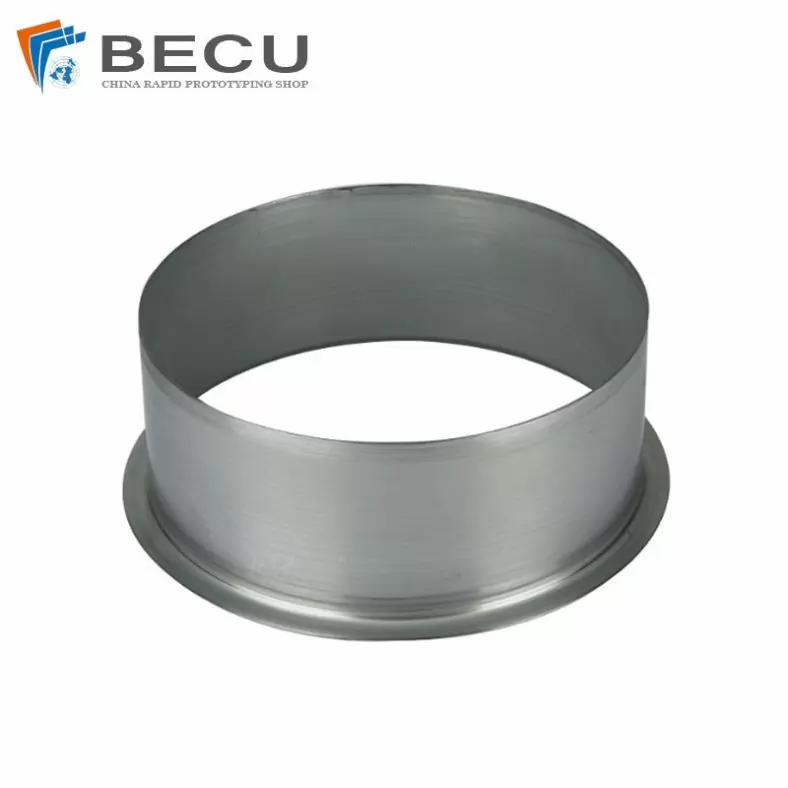
Precision Spinning Galvanized Sheet Draught Fan Accessories
-

Precision CNC Spinning 200mm Fitness Kettlebell
-

287mm Metal CNC Spinning Machinery Parts
-

Metal Spinning 350mm High Voltage Electrode Shield
-

Aluminum Spinning Parts For Automobile Shock Absorbers
-
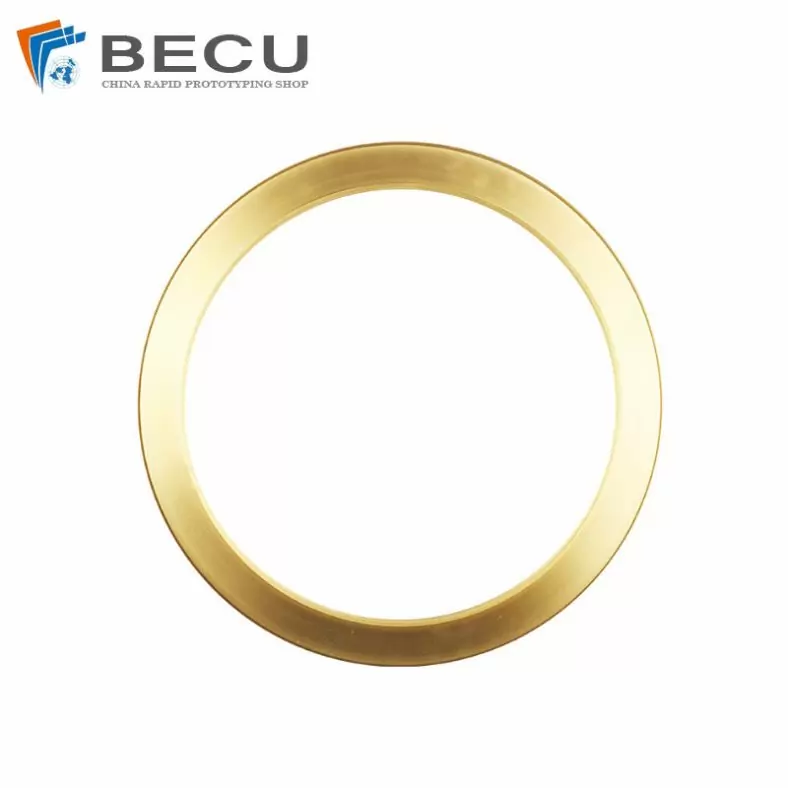
Precision CNC Spinning BBQ Grill Brass Ring Accessories
-
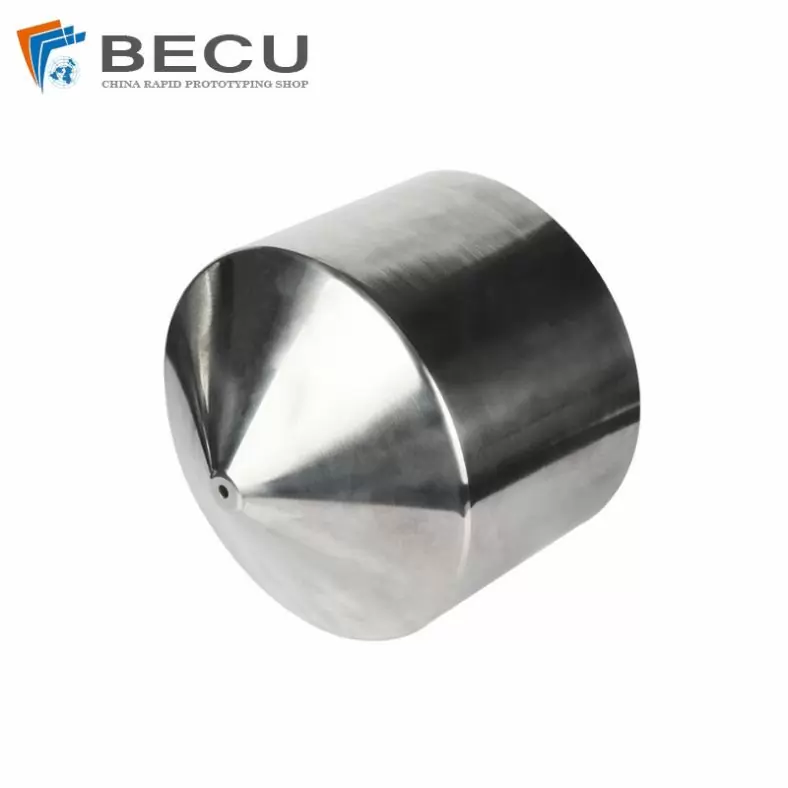
CNC Spinning 304 Stainless Steel Funnel
-
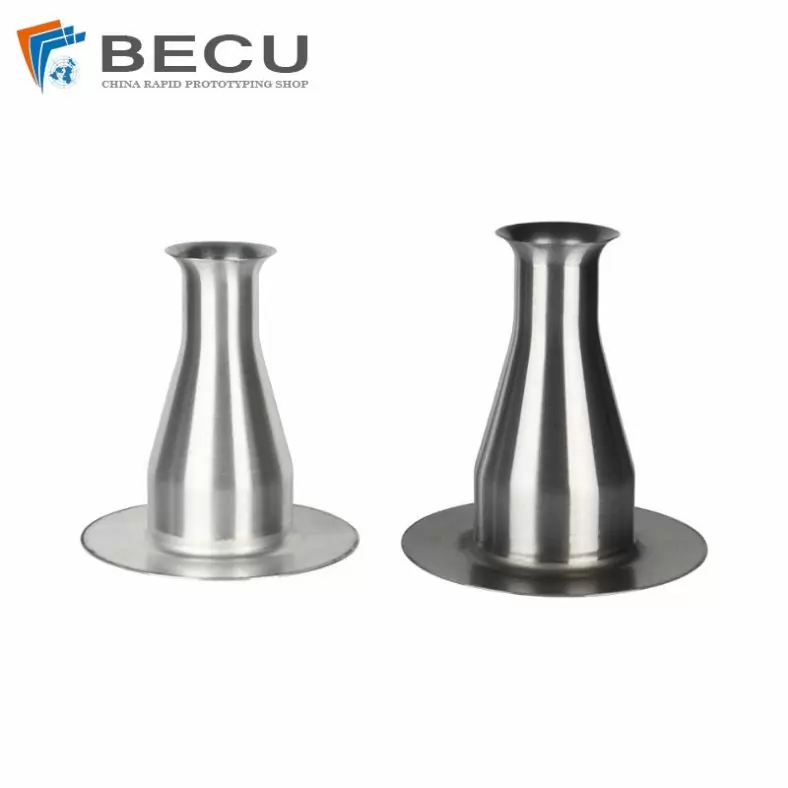
Metal CNC Spinning Venturi Draught Fan Accessories
-
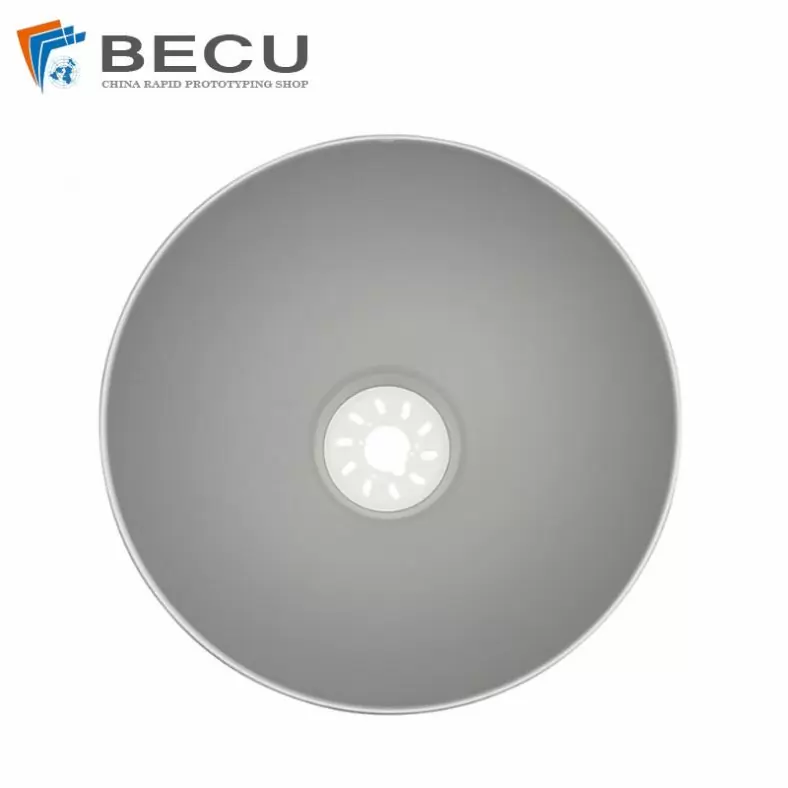
16 Inch Spinning Oxide High Bay Light Aluminum Reflector
How Does Metal Spinning Dies Works
Metal spinning dies, also known as spinning tools or forms, are crucial components in the metal spinning process. They are used to shape metal sheets or tubes into desired forms through rotational motion. Here’s an overview of how metal spinning dies work:
- Purpose of Metal Spinning Dies: Metal spinning dies serve as a template or mold that guides the metal spinning process. They have the inverse shape of the desired product, determining the final form of the spun metal component. The spinning die acts as a tool to apply pressure and control the movement of the metal during the spinning process.
- Set-Up and Alignment: To begin the metal spinning process, the spinning die is mounted onto a spinning lathe or spinning machine. The die is carefully aligned and secured to ensure proper rotation and stability during spinning.
- Material Placement: A flat metal sheet or a cylindrical metal tube is placed onto the spinning machine, ready to be shaped by the spinning die. The material used is typically a malleable metal, such as aluminum, copper, brass, or stainless steel.
- Clamping: The metal sheet or tube is clamped onto the spinning machine or lathe, ensuring it remains securely in place during the spinning process. The clamping mechanism prevents the material from moving or slipping while being shaped.
- Spinning Process: Once the material is properly clamped, the spinning process begins. The spinning machine or lathe starts to rotate, imparting rotational motion to the metal sheet or tube. At the same time, the spinning die, which is stationary, presses against the metal, gradually shaping it into the desired form.
- Tool Pressure and Manipulation: The skilled operator uses various tools, such as forming tools, hand tools, or rollers, to apply pressure and manipulate the metal against the spinning die. The pressure and manipulation are carefully controlled to shape the metal smoothly and accurately, conforming it to the contours of the die.
- Gradual Forming: The spinning die, along with the applied pressure and manipulation, gradually forms the metal into the desired shape. The operator may make multiple passes, adjusting the pressure and tools as needed to achieve the desired form and thickness.
- Finishing Touches: During the spinning process, the operator may perform additional operations to refine the shape and surface finish of the metal component. This can include trimming excess material, smoothing rough edges, or adding details or flanges using specialized tools.
- Final Product: Once the spinning process is complete, the metal component is carefully removed from the spinning machine or lathe. It is inspected for quality, ensuring it meets the desired specifications in terms of shape, dimensions, and surface finish.
Metal spinning dies enable the precise shaping of metal components with smooth contours, intricate designs, and dimensional accuracy. They are essential tools in the metal spinning process, allowing for the production of a wide range of components used in various industries, including aerospace, automotive, lighting, and home decor.
The Applications Of Metal Spinning Dies
Metal spinning molds find applications in various industries, including automotive, aerospace, lighting, and home decor. Their versatility and adaptability make them suitable for producing a wide range of components, such as reflectors, lampshades, aerospace components, and decorative items.
- In the automotive industry, metal spinning molds are used to manufacture exhaust components, wheel trims, and other decorative elements. The molds enable the production of complex shapes with high precision and repeatability, meeting the stringent requirements of the automotive sector.
- In the aerospace industry, metal spinning molds play a vital role in producing components such as satellite reflectors and engine parts. The molds’ ability to create lightweight, yet durable, components makes them an ideal choice for aerospace applications.
- Metal spinning molds also find their place in the lighting industry, where they are used to manufacture lampshades, light reflectors, and decorative lighting fixtures. The molds allow for the creation of intricate designs and precise shapes that enhance the aesthetic appeal of lighting products.
Furthermore, metal spinning molds are employed in the production of home decor items such as vases, bowls, and artistic sculptures. The molds enable the fabrication of unique and visually captivating pieces that add elegance and style to interior spaces.
The Advantages Of Metal Spinning Molds
Metal spinning molds offer several advantages over alternative molding methods, making them a preferred choice for many manufacturers:
- a. Cost-effectiveness: Metal spinning molds are typically more cost-effective than traditional molding methods like injection molding or die casting. The manufacturing process is simpler, requires fewer materials, and involves lower setup costs.
- b. Design Flexibility: Metal spinning molds allow for greater design flexibility, enabling the creation of complex and unique shapes. With metal spinning, intricate details, curves, and profiles can be achieved with ease, offering greater design possibilities for manufacturers.
- c. Quick Turnaround: Metal spinning molds offer shorter lead times compared to other molding techniques. The simplicity of the process and the reduced number of manufacturing steps contribute to faster production cycles, allowing manufacturers to meet tight deadlines and respond quickly to market demands.
- d. Superior Material Utilization: Metal spinning molds minimize material waste during the production process. The spinning technique allows for precise control of material distribution, reducing scrap and optimizing material utilization, thereby improving cost efficiency.
- e. Enhanced Durability: Metal spinning molds are designed to withstand the rigors of the metal spinning process, ensuring long-lasting durability. The molds can endure repetitive spinning cycles and maintain their dimensional accuracy over extended periods.
Metal spinning molds embody the marriage of artistry and precision in the manufacturing world. With their ability to create complex shapes, their cost-effectiveness, and their versatility across industries, metal spinning molds are indispensable tools for producing high-quality metal components. Whether in the automotive, aerospace, lighting, or home decor sectors, metal spinning molds provide manufacturers with the means to bring their designs to life with precision and efficiency. As technology continues to advance, metal spinning molds will continue to play a vital role in shaping the future of metal component production.
